A team working on the Titan supercomputer simulates the biggest thing of all in a flash, then shares.
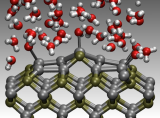
Back to the hydrogen future
At Lawrence Livermore National Laboratory, Computational Science Graduate Fellowship alum Brandon Wood applies the world’s most sophisticated molecular dynamics codes on America’s leading supercomputers to model hydrogen’s reaction kinetics.
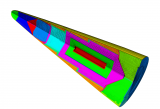
Joint venture
Sandia National Laboratories investigators turn to advanced modeling to test the reliability of the joints that hold nuclear missiles together.

Life underground
A PNNL team builds models of deep-earth water flows that affect the tiny organisms that can make big contributions to climate-changing gases.
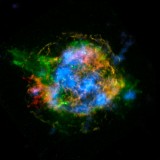
Supernova shocks
More than 10 years after simulations first suggested its presence, observations appear to confirm that a key instability drives the shock behind one kind of supernova.
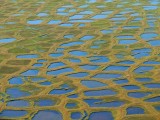
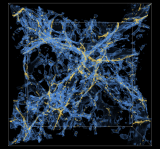
Rewinding the universe
Dark energy propels the universe to expand faster and faster. Researchers are using simulations to test different conceptions about how this happens.
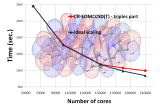
Balancing act
A Pacific Northwest National Laboratory researcher is developing approaches to spread the work evenly over scads of processors in a high-performance computer and to keep calculations clicking even as part of the machine has a hiccup.
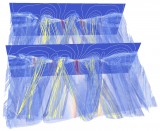
Predicting solar assaults
When Earth’s magnetosphere snaps and crackles, power and communications technologies can break badly. Three-dimensional simulations of magnetic reconnection aim to forecast the space storms that disrupt and damage.

Quantum gold
Driven by what’s missing in experiments, Brookhaven’s Yan Li applies quantum mechanics to compute the physical properties of materials.
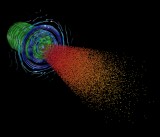
Star power
A Lawrence Livermore National Laboratory researcher simulates the physics that fuel the sun, with an eye toward creating a controllable fusion device that can deliver abundant, carbon-free energy.
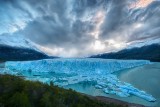
Deciphering the big thaw
Scientists thought they had figured out what ended the last ice age – except for one nagging problem. Researchers using Oak Ridge National Laboratory computers may now have discovered the final answer.

Foiling airflow error
Portraying airflow over wings and other fluid movement is tricky. A Department of Energy award for early-career researchers is helping a former DOE CSGF fellow devise mathematical methods to decrease the error rate in fluid modeling.
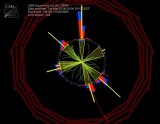
Cosmic questions
MIT’s Dragos Velicanu is helping sort through data from the Large Hadron Collider for clues to the mysteries surrounding the strong force and the early universe.
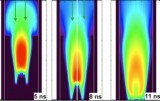
Sun on Earth
Simulations at Sandia National Laboratories reveal that using magnetism to heat and insulate fusion fuel could recreate solar conditions in the lab.

Filling in the blanks
To prevent important information from being missed, a Berkeley Lab team is improving how supercomputers divvy up the ponderous tasks surrounding large simulations’ analytics and visualization.
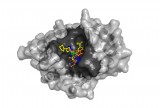
Overcoming resistance
To find a path around antibiotic resistance, a team working with the Intrepid supercomputer at Argonne National Laboratory is simulating molecular binding interactions to rapidly vet new infection-fighting candidates.
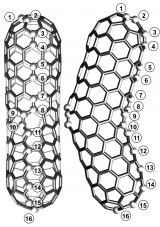
Kinky nanotubes
With the help of Oak Ridge computations, scientists are probing the properties of macroscale sponges made of nanoscale carbon-boron tubes. The material could soak up oil spills, help store energy or meet other needs.

A passion for pressure
Plasmas are the purview of Livermore scientist and Computational Science Graduate Fellowship alumnus Jeffrey Hittinger. He works both sides of the fusion street – inertial confinement and magnetic confinement – while simulating aspects of these tremendously hot, fast-moving particle clouds.
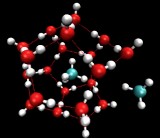
Twice-stuffed permafrost
A Pacific Northwest National Laboratory computation suggests that the water-gas compounds found in ocean permafrost can provide energy and store it, too – and then trap carbon dioxide.
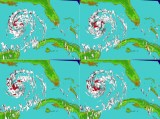
Enlightening predictions
Computer simulations of hurricane lightning could be the key to predicting and avoiding the storms’ real-world punch.

Prime-time punch
The mantis shrimp packs one of the strongest punches on Earth. Computational Science Graduate Fellow Michael Rosario is investigating the physics, design and material properties behind the crustacean’s prey-crunching wallop. His research has landed him on the National Geographic Wild channel.
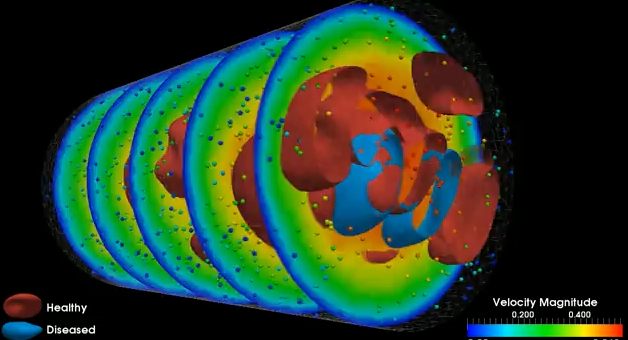
Inside the skull
Modeling the elements of blood flow in the brain could help neurosurgeons to predict when and where an aneurysm might rupture – and when to operate.

Power boost
Berkeley scientists have combined computational modeling and advanced materials synthesis to devise a low-cost anode that bolsters the feasibility of long-life lithium-ion batteries.
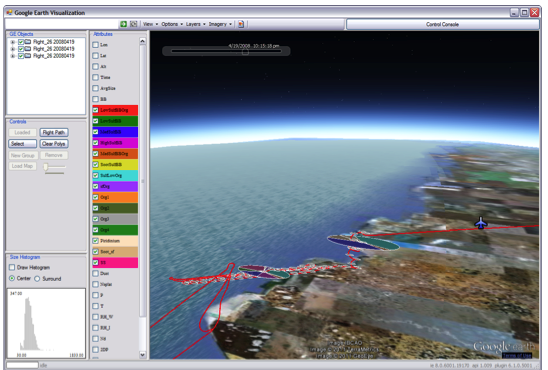
Seeing beyond 3-D
High-dimensional visualization techniques at Stony Brook and Brookhaven are helping reveal the interactions that drive climate and other complexities.





